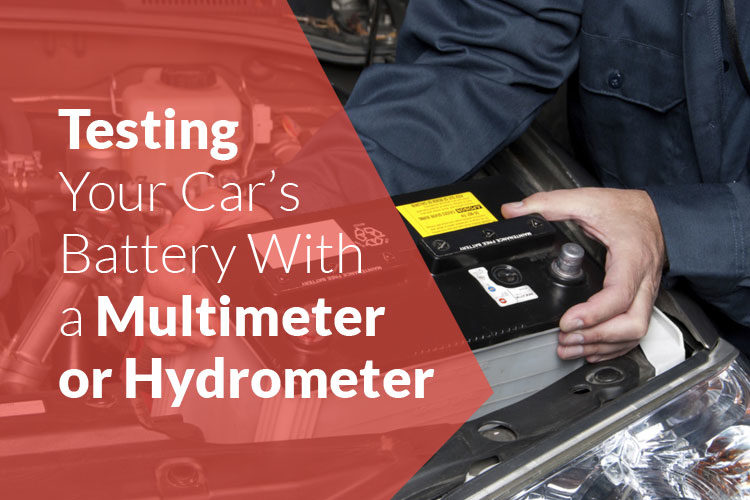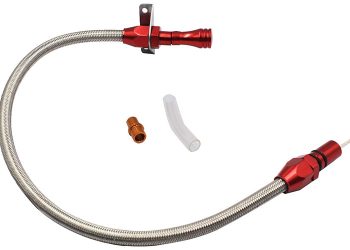If you are a car holder, then probably you should know about the checking and testing process of your car. This could be an important thing for every car owner to further know how to test a car battery on their own.
However, we have seen many car batteries nowadays that actually don’t require to test with periodic maintenance. But of course, it doesn’t mean that these batteries will provide you with a lasting effect. That’s why we urge you to make yourself ready and knowledgeable enough to test or check the battery status.
And that’s why we are here to show you the possible ways on how to test a car battery with multimeter or hydrometer very easily. Just with the help of a multimeter, you will be to easily find out if your car battery has ended up with enough charge or not.
And in the same case, you can take help with the hydrometer as well to further see if the specific gravity of the battery is fully charged or not.
Testing With A Multimeter:
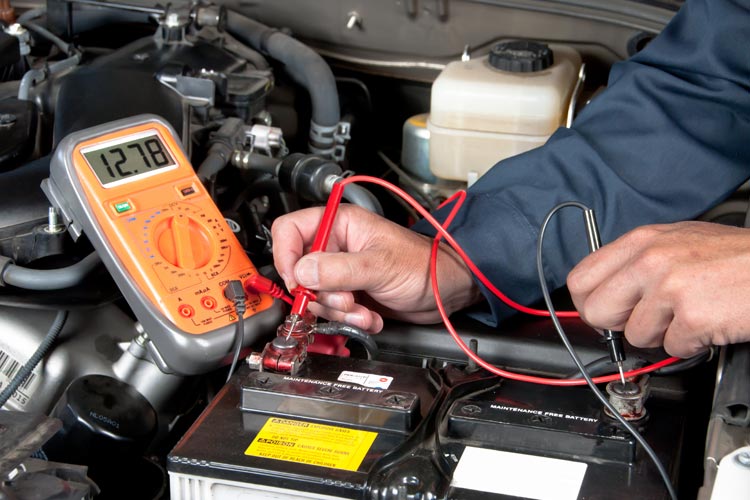
Yes, you can check the battery condition while using the digital multimeter to exactly find out just within a minute that the car battery still gets enough charge to give you a good ride or not. So, let’s find out how to test a car battery while using a multimeter ahead:
- First, you need to set your voltmeter to around 20 DC volts further.
- Now, simply touch the negative (black) battery terminal along with the touch of the negative (black) meter probe.
- Then, you need to go with the third step where touches the positive (red) battery terminal along with the touch of the positive (red) meter probe.
- Now, after that all the touches successfully get to do, you need to ask your assistant to further turn on the headlights so that it can provide a kind of light load to the battery.
- And then, finally, check your voltmeter reading, that should be at a temperature of around 80°F (26.6°C), you need to make sure about these readings which are actually mentioned below along with other kinds of details:
- If you get a reading of around 12.5 volts or even higher, then it means the battery has a good charge.
- However, if you get a reading with up to 12.3 volts that simply means the battery is about 75% of charge.
- And, in that case, if you find a reading of 11.8 volts or even lower, that simply means the overall battery is only 25% or less charged.
Furthermore, if, in any chance you may receive a low reading, then you should follow up with the slow charging process to your battery so that it can improve the chemical reaction towards the battery, and as well as you can then repeat the test. Same like this, if your reading won’t be able to go higher, then there is a time to replace the battery.
Testing With A Hydrometer:
Well, this hydrometer test is already known to be an electrolyte gravity test. Whereas, with the help of this test, you will get to know whether your battery is completely charged, undercharged, or as well as has become faulty.
However, for the best results, to find out the exact reading of your battery, you should take help with the use of a hydrometer that has come with a built-in thermometer.
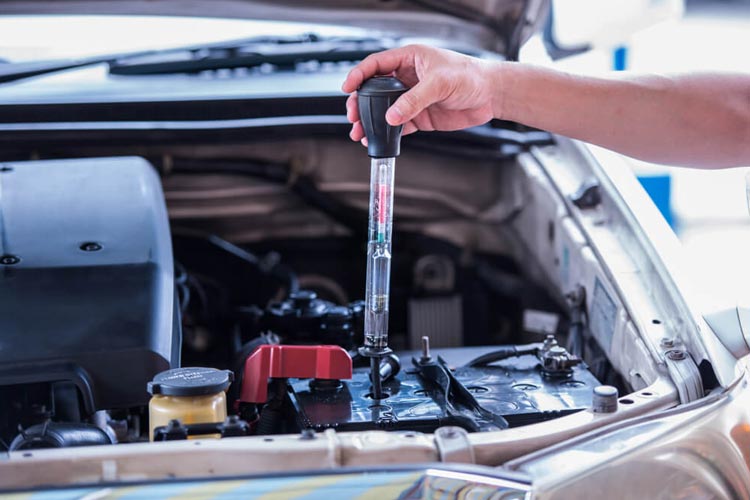
You may easily get the best hydrometers, which are also self-adjusting, and also, some other hydrometers have come with a conversion table so that they can easily adjust your reading during the time of the testing performed at different ambient temperatures.
Also, you need to make sure to wear all kinds of safety features such as acid-resistant gloves and goggles…
- So, first start with removing caps from the battery’s top area.
- Now, it starts to submerge the hydrometer tip into the first cell of your battery and then gently squeeze the bulb of the hydrometer.
- Then, you need to release the bulb further so that it can allow electrolyte to enter the needle of the hydrometer easily.
- Read out the electrolyte specific gravity which indications you can see in the instructions on the available tool’s package.
- Then, for your easiness, you need to make a note while collecting all your reading and then do the same test on the other of the battery cells.
- Now, in the end, simply compare the overall results to those of your tool along with their manufacturer’s instructions.
Primarily, if you found out that the readings fall between the numbers of 1.265 and 1.299, then consider it that the battery is fully charged. If the readings fall below 1.265, then the battery is undercharged.
However, a difference of such points of 25 to 50 or more (a point equals 0.001) within any of the readings shows that the battery has been covered with the sulfated, and now it is a time to replace it further.
Checking The Battery Terminals:
However, it is also a fact that sometimes the issues don’t have come with the battery, but of course, we have seen such issues with the battery terminals.
In those cases, if the terminals getting to lose, corded, or dirty, then you may find issues at the moment of starting the engine. And this is one of the finest reasons where people think that their car batteries are now dead.
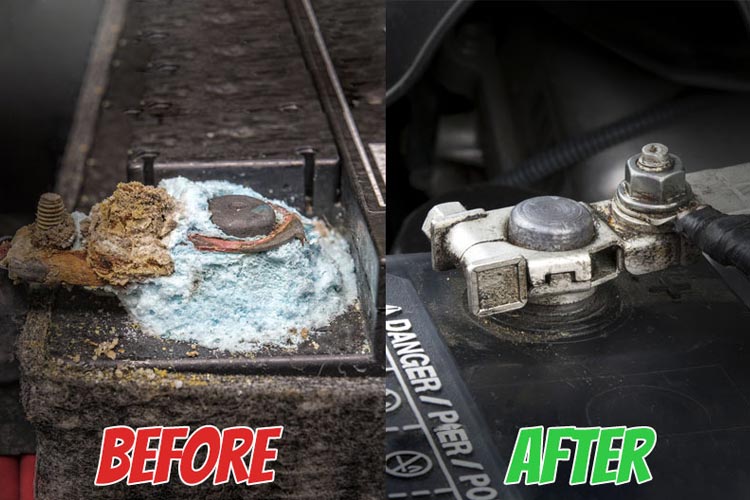
But, don’t lose hope, the good news is that you can still check the terminals with the help of your multimeter. And to do this, you need to follow up with our below mention steps:
- At first, just disable the overall ignition system. You need to temporarily disconnect the ignition coil or as well as just removing the fuel pump. So that your engine won’t getting to start.
- Then, with the help of the meter’s red probe, you need to touch the positive battery post. After that, touch the meter’s black probe toward the cable terminal that is already connecting to the exact battery post.
- Now, take help with your assistant to further crank the engine. If you find out that the meter registers beyond 0.5 volts, then you need to simply clean or even check the physical condition of your battery post and even the terminals.
- Now, same like this, test the other terminal of the battery. This time, you need to go through with the meter’s black probe, then touch the negative battery post. And after that, touch the meter’s red probe towards the cable terminal that is already connecting to the exact battery post.
- Then ask your assistant to crank the engine again and you then check the voltage reading that has come on your meter. If the reading shows you more than 0.5 volts, then it is a sign that you need to monitor the battery terminal for damage, or just clean it.
Conclusion:
So, that’s how to test a car battery with the help of using a multimeter or hydrometer that can save your time and energy, of course. If you have a doubt about your car’s battery, then follow the above steps and check the battery on your own…

